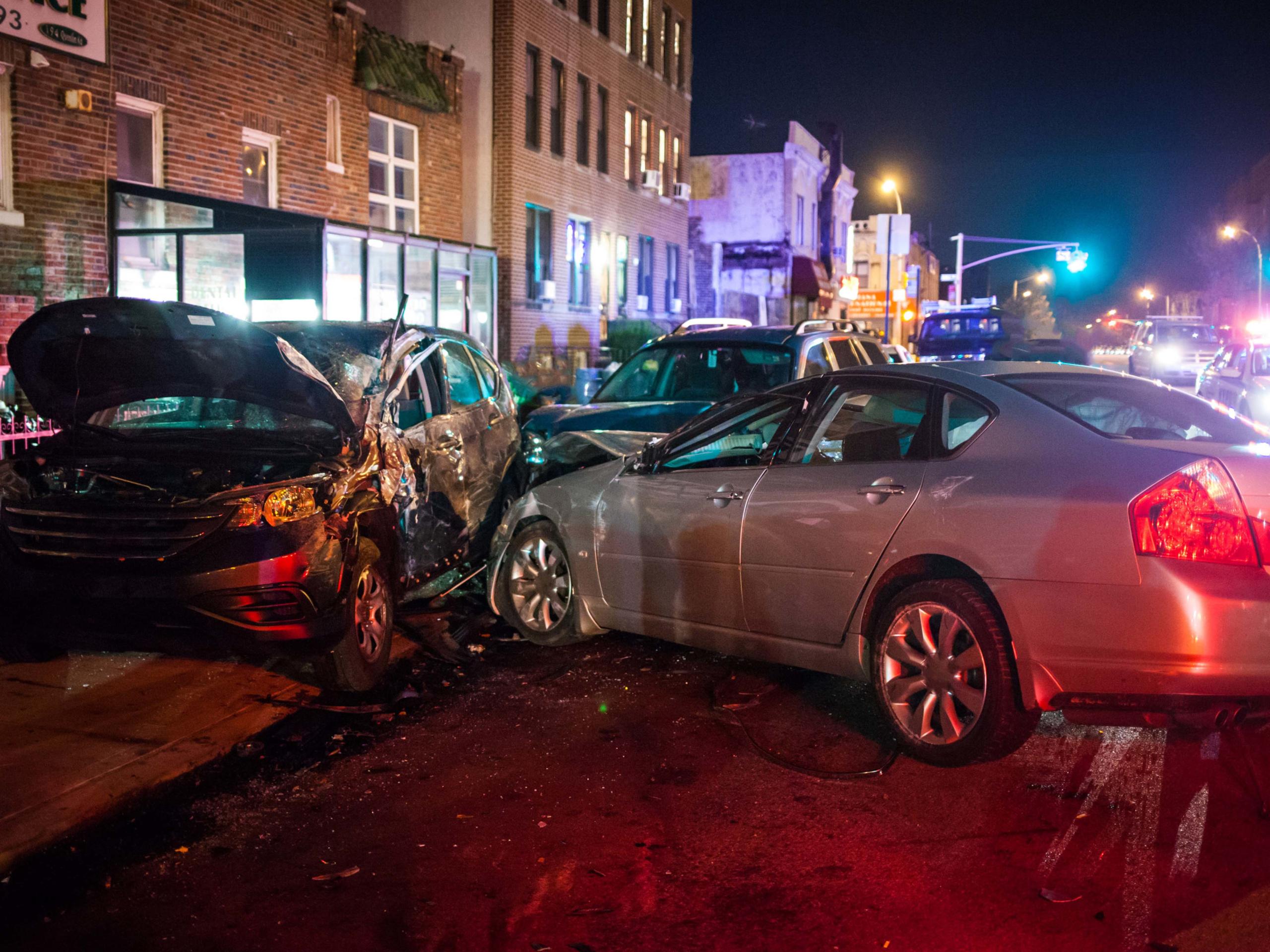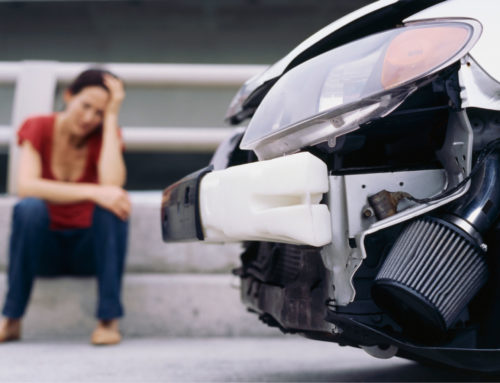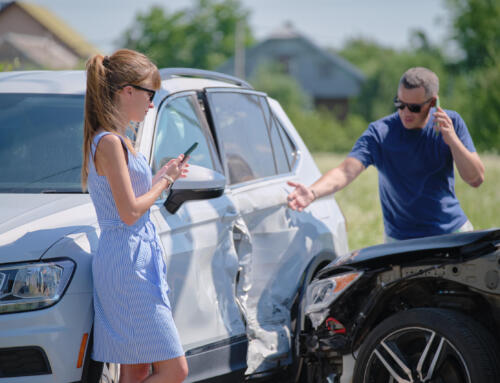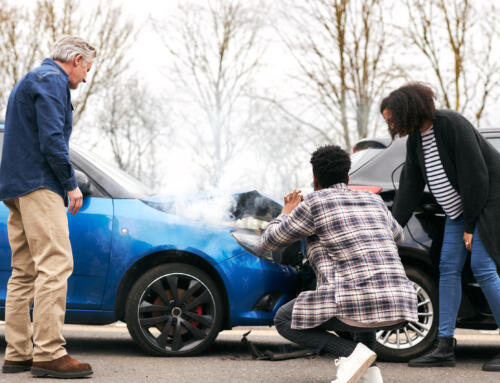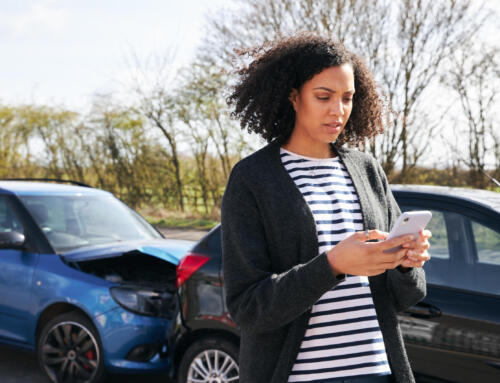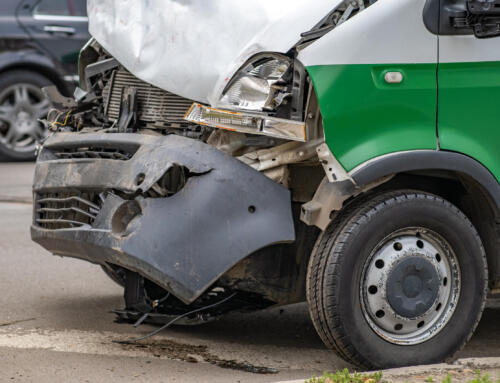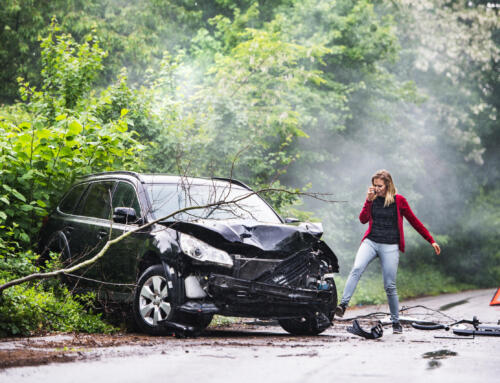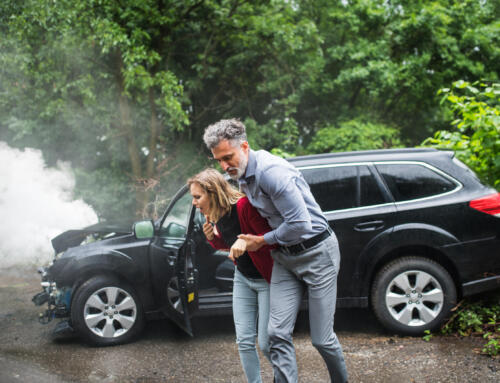Driving in Minnesota can be a challenge, especially when the weather doesn’t cooperate. From icy roads to heavy rain, the state’s climate can significantly impact driving conditions. Understanding how weather conditions affect car accident liability is crucial for drivers navigating Minnesota’s roads. In this article, we will delve into the implications of driving in snow and ice, driving in rain, and how these weather conditions influence car accident liability in Minnesota.
Understanding Car Accident Liability
Car accident liability refers to who is legally responsible for damages resulting from a car accident. In Minnesota, a no-fault state, each driver’s insurance typically covers their medical expenses and lost wages, regardless of who caused the accident. However, determining liability is still essential when it comes to property damage and serious injuries.
Factors Influencing Liability
Several factors can affect liability in a car accident, including:
- Driver behavior: Speeding, distracted driving, and other negligent behaviors can increase liability.
- Road conditions: Weather-related hazards can complicate liability determinations.
- Vehicle maintenance: Poorly maintained vehicles may contribute to accidents.
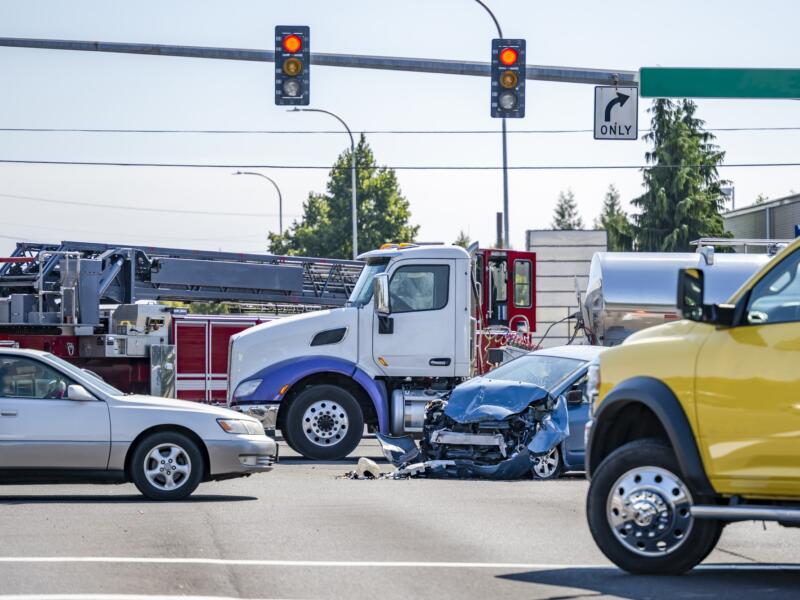
Minnesota Semi Truck Accident Attorneys
Driving in Snow and Ice
Minnesota winters are notorious for their harshness, with snow and ice frequently making roads treacherous. Driving in these conditions requires extra caution and awareness.
Challenges of Snow and Ice
Snow and ice can drastically reduce traction, making it difficult to control the vehicle. Common challenges include:
- Reduced visibility: Snowfall and ice can impair drivers’ ability to see clearly.
- Slippery surfaces: Ice patches and packed snow can lead to skidding and loss of control.
- Longer stopping distances: Icy roads require more time to come to a complete stop.
Liability in Snow and Ice Conditions
When an accident occurs in snowy or icy conditions, determining liability can be complex. While weather conditions contribute to the accident, they do not absolve drivers of responsibility. Drivers are expected to adjust their driving to account for weather conditions. Failure to do so may result in increased liability.
Tips for Safe Winter Driving
- Slow down: Reducing speed can help maintain control on slippery roads.
- Increase following distance: Leave more space between you and the vehicle in front to allow for longer stopping distances.
- Equip your vehicle: Use winter tires and ensure your vehicle is well-maintained for cold conditions.
Driving in Rain
Rain is another common weather condition that affects driving in Minnesota. While it may not be as treacherous as snow and ice, rain still poses significant risks.
Challenges of Driving in Rain
Rain can create slippery road conditions and reduce visibility. Challenges include:
- Hydroplaning: Water on the road can cause tires to lose contact, leading to a loss of control.
- Reduced visibility: Rain can obscure vision and make it difficult to see other vehicles and road signs.
- Increased stopping distances: Wet roads can double stopping distances compared to dry conditions.
Liability in Rainy Conditions
As with snow and ice, drivers must adjust their behavior when driving in rain. Failing to drive safely in wet conditions can increase liability in the event of an accident.
Tips for Safe Rainy Driving
- Drive cautiously: Reduce speed and drive carefully to prevent hydroplaning.
- Use headlights: Turn on headlights to improve visibility for yourself and others.
- Check tire tread: Ensure your tires have adequate tread to maintain traction on wet roads.

Legal Implications of Weather-Related Accidents
Weather conditions can complicate the determination of liability in car accidents. While weather is a factor, drivers are still expected to take reasonable precautions. Minnesota law requires drivers to operate their vehicles safely, considering existing road conditions.
Proving Liability
In cases of weather-related accidents, proving liability may involve:
- Eyewitness accounts: Testimonies from witnesses can help establish the circumstances of the accident.
- Accident reports: Police reports often include details about weather conditions and can be crucial in liability determinations.
- Expert analysis: Accident reconstruction skilled ins may analyze the scene to determine how weather contributed to the accident.
Insurance Considerations
Minnesota’s no-fault insurance system covers medical expenses regardless of fault. However, for property damage claims and severe injuries, liability still plays a crucial role.
Filing a Claim
When filing an insurance claim after a weather-related accident, be prepared to:
- Document the scene: Take photos of the accident, road conditions, and any damage.
- Gather evidence: Collect contact information from witnesses and obtain a copy of the police report.
- Consult your insurance company: Contact your insurer promptly to report the accident and begin the claims process.
Seeking Legal Advice
In complex cases, seeking legal advice may be beneficial. An attorney experienced in car accident liability can help navigate the legal intricacies and ensure you receive appropriate compensation.
Conclusion
Driving in Minnesota’s challenging weather conditions requires caution and awareness. Understanding the impact of weather on car accident liability can help drivers better navigate these challenges. By adjusting driving behavior to account for snow, ice, and rain, and by understanding legal implications, drivers can minimize their risk and ensure they are prepared in the event of an accident. Stay safe on the roads and drive responsibly, no matter the weather.
Contact 612-Injured for Assistance
If you’ve been involved in a weather-related car accident and need legal guidance, don’t hesitate to reach out to 612-Injured, Minnesota’s dedicated Personal Injury Attorneys. Our experienced team is here to help you navigate the complexities of accident liability and ensure you receive the compensation you deserve. Contact us today to schedule a consultation, and let us be your advocate through the claims process.

